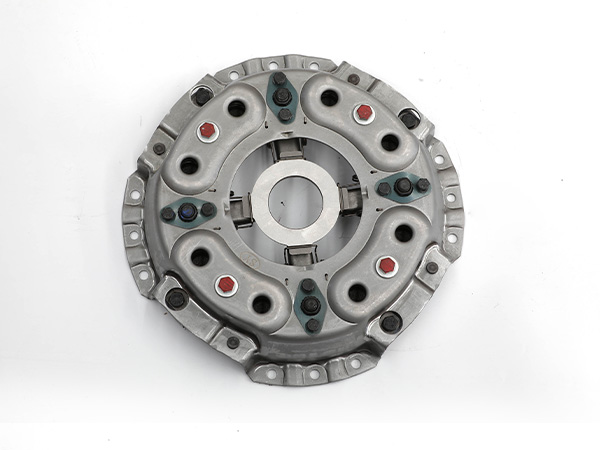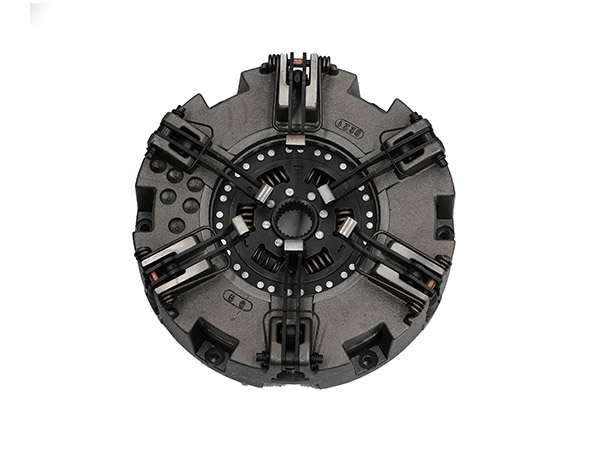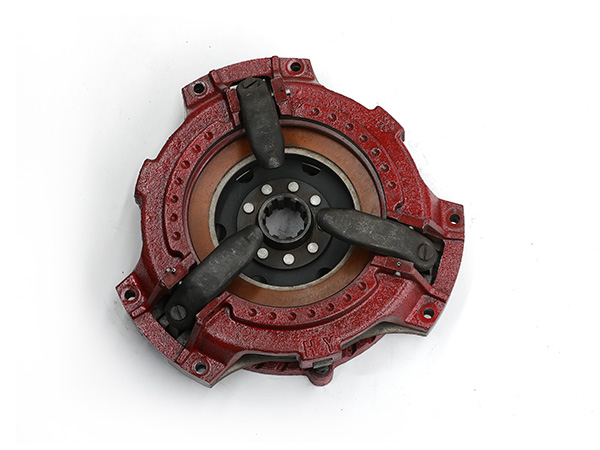Clutches are mechanical devices used to engage and disengage power transmission between two rotating shafts. They play a crucial role in various machines and vehicles, allowing the user to control the transfer of power. There are several types of clutches, each with its own design and working principle.
The common types of clutches and how they work

Friction Clutch
Working Principle: Friction clutches operate on the principle of friction between two surfaces. They consist of a driving member (usually a flywheel) and a driven member (usually a pressure plate), with friction material sandwiched between them.
Engagement: When the clutch is engaged, pressure is applied to bring the friction surfaces together, allowing power transfer.
Disengagement: To disengage the clutch, the pressure is released, creating a gap between the friction surfaces and interrupting power transmission.
Single Plate Clutch
Construction: Consists of a single friction plate sandwiched between the flywheel and the pressure plate.
Operation: Engages and disengages by pressing the friction plate against the flywheel with the help of a release bearing and a diaphragm spring or coil spring mechanism.

Multi-Plate Clutch
Construction: Uses multiple friction plates alternately interleaved with steel plates.
Operation: Similar to a single plate clutch but offers greater torque capacity due to increased friction surface area.
Cone Clutch
Working Principle: Involves conical surfaces on the driving and driven members. Engaging the clutch brings these conical surfaces into contact, creating friction for power transfer.
Use: Commonly used in small motor vehicles.
Centrifugal Clutch
Working Principle: Engages at high speeds based on centrifugal force. As the speed of the driving member increases, weights or springs cause the clutch to engage.
Use: Often used in small engines, such as those in go-karts or chainsaws.

Electromagnetic Clutch
Working Principle: Uses an electromagnetic field to engage and disengage the clutch. When power is applied, the electromagnetic field pulls the clutch plates together for engagement.
Use: Commonly found in automotive air conditioning compressors and some industrial applications.
Hydraulic Clutch
Working Principle: Utilizes hydraulic pressure to engage and disengage the clutch. The pressure is applied by a hydraulic master and slave cylinder system.
Use: Commonly used in automotive applications, providing a smoother and more consistent feel compared to mechanical linkages.
Dog Clutch
Working Principle: Involves teeth or “dogs” on the engaging surfaces of the driving and driven members. Engaging the clutch brings these teeth into contact for power transfer.
Use: Often used in manual transmissions for quick and positive engagement.
Torque Converter (Fluid Coupling)
Working Principle: Utilizes a fluid-filled chamber to transfer power. It consists of an impeller, turbine, and stator. The impeller and turbine are submerged in fluid, allowing for a smooth and continuous transfer of power.
Use: Commonly used in automatic transmissions.
The choice of clutch type depends on factors such as the application, torque requirements, engagement characteristics, and the desired level of control. Each type of clutch has its advantages and disadvantages, making them suitable for different applications.

-80x80.jpg)
